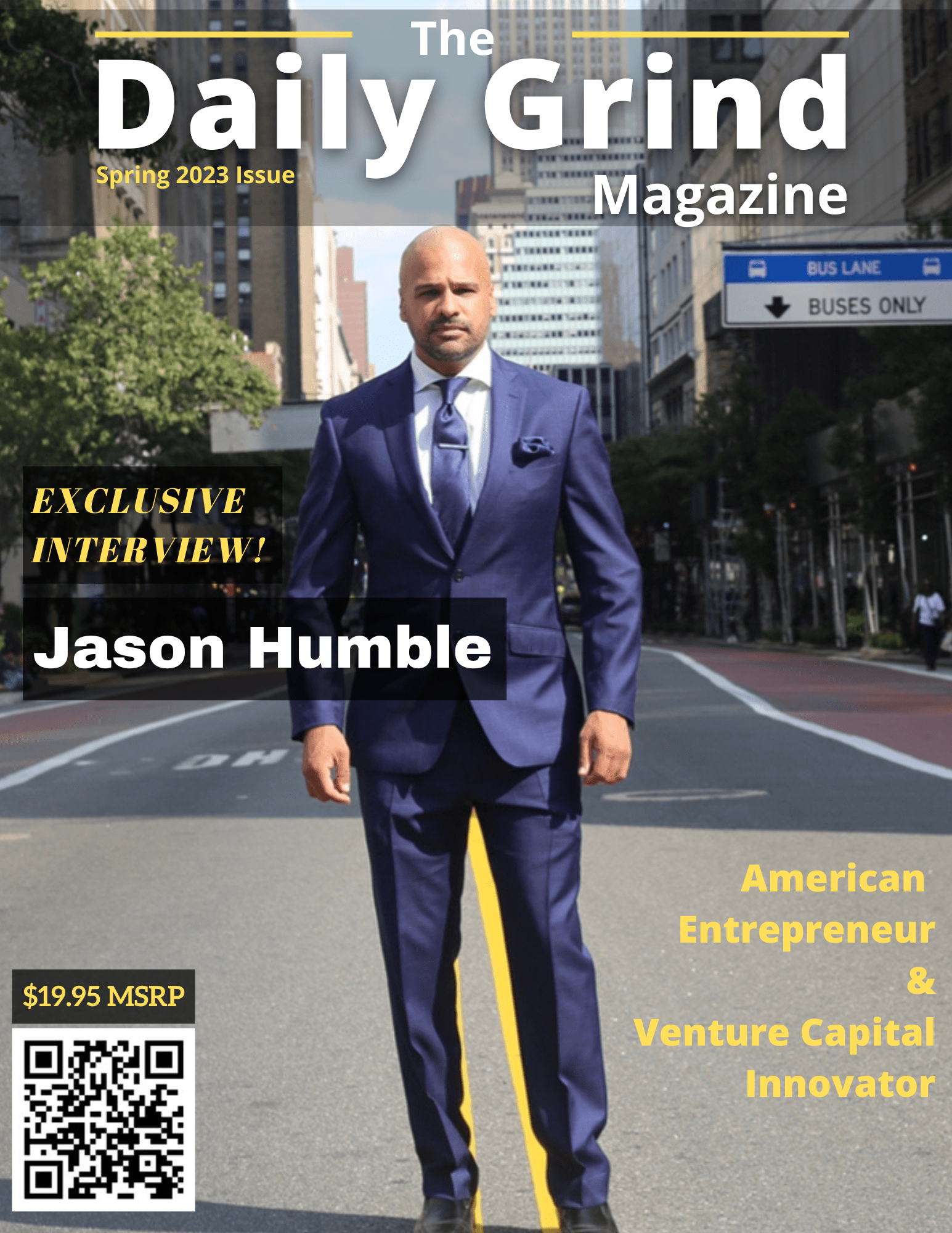Behind me is, from my personal view, one
of the most iconic minds in the entire Mining industry. We move roughly 150
million tonnes of earth every single Year to make sure that we always have
access to our ore body. Copper mines like this one in Utah are
on the front line of America's Transition to clean energy. This site, owned and operated by mining
giant Rio Tinto, Produces roughly 200,000 metric tons of
copper Annually. Global demand for copper, a
major component of EVs, Is expected to almost double from 25
million metric tons to nearly 49 million metric tons by 2035. But miners face a multitude of issues
as they ramp up production, not Least of which includes mitigating
environmental damage. Addressing the concerns of the local
stakeholders and operating in remote Regions of the world. We're definitely part of the energy
transition solution. The challenge is, of course, we have to
provide the materials To meet this increasing demand. Mining is also difficult and potentially
dangerous. Work here at Rio Tinto's Kennecott
mining operation on the outskirts of Salt Lake City. Three quarters of a mile beneath the
surface, miners work around the clock Digging for copper. That material is then loaded onto 350
ton trucks and hauled To the surface. You know, when you first get on up here,
you get in this thing and it feels like, Oh my gosh, I'm driving a house around. But after a couple of weeks, you kind
of get used to it because everything up Here is so big. Adjacent to the mine, a smelter and
refinery help process the extracted Material into 99.9% pure copper. Just to why there's going to be a real
problem with this transition over the Next ten years is that it is very, very
hard for these companies to even Maintain the level of production that
they have at the moment. Based in the UK, Rio Tinto is one of the
world's largest mining
Companies with projects in 35
countries. In addition to its 17 iron ore mines in
Western Australia That produce material used in steel,
its products include Aluminum, diamonds and boron, a
component in Fertilizer and smartphones. Historically, miners have been known
for their environmental impact, but Today are increasingly recognized as
crucial players in the transition to Green energy. So what is Rio Tinto doing to ramp up
production of its critical minerals Business, and how will China's economic
slowdown impact its iron ore Sector? CNBC got a behind the scenes
look at Rio Tinto's Utah operation to find out. Extracting minerals from beneath the
surface is challenging work. All right, so. We're drilling a hole about 50ft down
into the ground. We load that with ammonium nitrate and
fuel oil, and then we have to fracture That rock. So that's kind of step one. The Kennecott operation in Utah opened
in 1903 and was Purchased by Rio Tinto in 1989. Large enough to be seen from space. It is the second largest copper mine in
the US. At the bottom of the pit, shovels
extract ore containing just 0.5% copper. Small amounts of gold and silver are
also captured. So as the haul truck driver, our shift
starts at 6:00 in the morning. Our team leaders will let us know
what's going on in the pit, if there's Any shovel moves, any incidents, if
there's anything Dangerous we need to be aware of. Using a four mile conveyor system,
softball sized rocks are Taken to the concentrator where they
are broken up into dust. A chemical process called flotation
grabs the metal, creating a copper Concentrate of roughly 25%. A 12 mile pipeline then transfers the
material to a smelter. Now this is really where the actual
metals processing begins.
You can think of a copper smelter as
basically a series of furnaces. We're making a 700 pound anode, which
is 99% pure copper. That copper plate is then transported by
train to a refinery, where it sits For almost two weeks in a bath of low,
concentrated sulfuric Acid mixed with electricity. The final product is 99.9% pure Copper. Nearly 100% of everything that that
Kennecott makes stays within North America with, with roughly 90 to 95% of
that staying right here in the United States. And that consumption is predicted to
soar. Renewable power systems like wind and
solar are at least five times More copper intensive than conventional
power. To meet that demand, Rio Tinto expanded
its footprint at Kennecott, invested more than $2
billion to modernize the mine and its Adjacent facilities, and is trying to
open an underground copper mine 60 Miles east of Phenix. I think Kennecott has a long future
ahead of it, and we're hoping to Increase its copper production anywhere
between 30 to 40% over The next five years or so. Having said that, Arizona is the Copper
State. It's where 70% of US copper is
produced, and we would Like to actually be a significant
contributor and potentially build one of The top ten copper mines in the world. The US has the sixth largest copper
reserves globally, about 44 million metric tons, behind Chile
and four other nations. About half of America's copper supply
is imported, and that could jump to Two thirds by 2035. The rolls down and no one's driving. No, we're not making money. Got to keep the wheels turning. Rio Tinto got its start 150 years ago. In 1873, after the Spanish government
sold a group of mines in the South of that country to a consortium
of banks for roughly $4
Million. A decade later, the London
based operator was supplying about 10% of the world's copper. By 1958, it had expanded operations to
copper mines in what is now Zambia, and was looking for uranium in
Canada and Australia. But it was iron ore that propelled the
company's growth. Rio made its first shipment of iron ore
from its operations in Western Australia To Japan in 1966. A handful of years later, it moved into
China. By 2016, the company had exported over
5 billion metric Tonnes of iron ore from Western
Australia. About 98% of the world's iron ore is
used to make Steel. We have had really good relationships
with our Chinese partners Throughout. We sell more than half of
our products into China. In 1985, Rio Tinto acquired a 30% stake
in The Escondida copper mine in Chile, the
world's largest copper producing Mine. Its stock price soared in 2007 on
speculation Of a takeover by rival BHP, but later
fell partly due to the state of the Global economy. It bought Canadian aluminum maker Alcan
for $38 billion That same year. Rio Tinto's mineral business brought in
$58 billion in revenue in 2022. Its iron ore segment made up 53%
of those Sales, followed by aluminum minerals,
which include diamond mining And copper. The market cap of the top 40 mining
companies, including BHP, Glencore and Southern Copper was more
than $1.2 trillion in 2022, up from about $400 billion in
2003. While running a mine is technically
challenging, starting a new one might be Even harder. It takes 10 to 15 years to build these
mines. But I think the most important
challenge is not the technical one about Can we build the mines or can we build
the manufacturing sites?
It's actually how do we work with
governments to accelerate the permitting And the approval processes to match
these. Attempts to launch Rio Tinto? Arizona's Resolution Copper project
have been ongoing for more than two Decades. Along with minority partner
BHP, Rio Tinto has so Far spent $2 billion. Native American groups and
environmentalists have opposed the Project, which could become one of the
largest underground mines globally. There's a very serious constraint on
mining Companies to get permits in the US. It's one of the hardest jurisdictions
in the world. Rio has seen challenges in other parts
of the world to. The company began mining copper in Oyu
Tolgoi, Mongolia in 2011, but faced ongoing disputes with
the government there as plans To open an underground mine fell behind
schedule and over budget. Production began in 2023, and the mine
could one day produce the Copper equivalent to what's needed for
16,400 electric battery Vehicles daily. Building a mine in the Gobi Desert in
the middle of literally nowhere. You know you're by the Chinese border. You're, you know, 600km from the
capital in Mongolia. It is. It is a really difficult place
to build a mine. In 2020, Rio Tinto CEO Jean-sebastien
Jacques Resigned following the destruction of a
46,000 year old Aboriginal cave in Australia. Australia's mines provided 85% of Rio's
profits at the Time. It's been three years. We continue to learn, we continue to
adapt our mining practices. We have a lot of work and ground to
cover still, but the Entire Rio Tinto family is absolutely
focused on this endeavor. We're a $100 billion market cap company. We are one of the largest mining
companies in the world. We take our reputation very seriously.
We don't take shortcuts and we follow
due regulatory process. Another challenge the mining industry
and Rio Tinto face is a lack of Workers. More than half of the current
mining workforce in the US, or about 220,000 people, will
retire and need to Be replaced by 2029. And so the industry really has got a
missing generation in effect in terms of The skilled people to be able to build
projects, move forward. A lot of people from the last cycle are
now in their late 50s in their early 60s. To increase productivity, the company
has turned to automation. Because it isn't the old school mining
that people have always thought. We're not sitting here with a pickax
and mine carts. We're using high tech technology from. Its offices in Perth, roughly a thousand
miles away. Operators monitor autonomous drilling
rigs and autonomous haul trucks Deployed at the company's network of 17
iron ore mines in Australia's western Pilbara region. I think we've got about 370 autonomous
haul trucks in our Fleet out of a total number of just
above 400, so it's a very high Percentage now that that are
autonomous. And we will progressively continue to
to increase that number. In 2018, each truck operated on average
700 Hours more than conventional haul
trucks with 15% lower Costs. The company also launched an
autonomous train in 2019. Like its haul trucks, the trains are
monitored from its operation Headquarters in Perth and run on a 1200
mile rail Network. The challenge is, is that you need to
have a significantly long mine life to Be able to meet the capital allocation
decisions, you need to have a relatively Homogeneous ore body. And despite those technological
advances, boots on the ground as well as Access to new mines will likely remain
key as mining companies like Rio Tinto ramp up production for the coming
EV boom. Theoretically, there are enough reserves
in the US that we could become
Independent for a copper need. We could. It's just how do we do that? How do we get the permits? How do we get the acceptance of the
public? How do we work through those
challenges?





